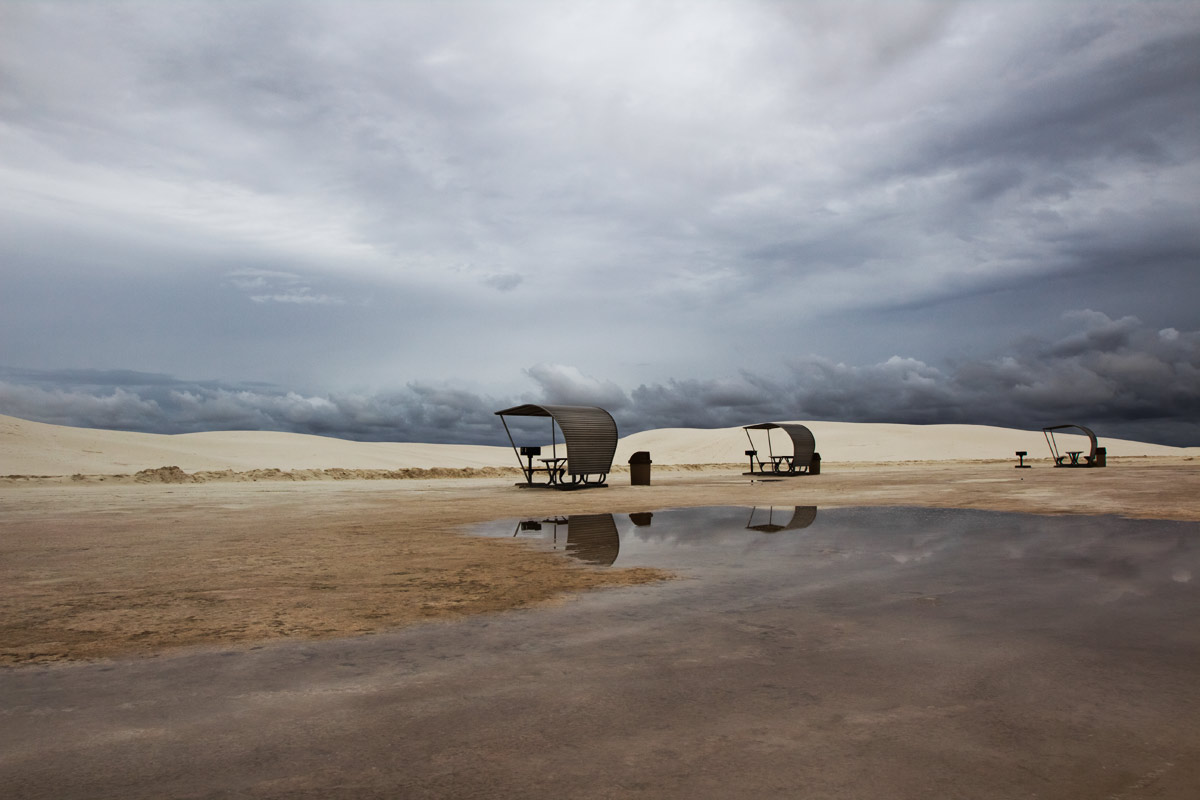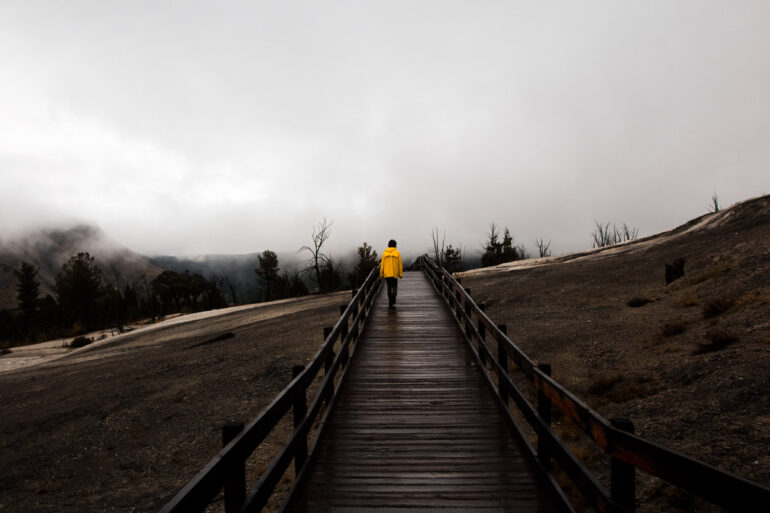We may earn a commission when you purchase through affiliate links. Learn more.
When most photographers think of the ideal conditions for a day of photography, high humidity and rain usually don’t find themselves on the preferred list. Although dry, sunny days make life easy, sometimes the best photos are taken in more challenging conditions, making it necessary to venture outside into the moist air.
Weather resistant cameras like the Canon 7D II, Pentax K3 II, and Nikon D7200 are often the preferred choice of photographers whose work frequently brings them into adverse conditions, but with a bit of preparation even photographers shooting with digital cameras that aren’t weather sealed can avoid damaging their equipment in moist conditions.
1. Put your Camera in a Sealed Bag before Heading Outside
Foggy lenses, viewfinders, and LCD screens are not only annoying and make it difficult to shoot — they’re also not good for your camera, since condensation forming on the outside of your camera means that it’s likely forming on the inside as well if your camera isn’t sealed against moisture. Moisture on the internal working of the camera can cause short circuits and if it gets inside of a lens, mold and fungus can form.
Why do camera lenses get fogged up when you bring them from indoors into the warmer, humid air outside? Condensation is the culprit, and this occurs when your camera is as cool or cooler than the dew point — a temperature at which water vapor in the air condenses into water droplets. When the warm, humid air comes into contact with the cool glass surface of your camera lens, the moisture condenses and covers the lens and other cool surfaces in a fog of small water drops.
To prevent condensation from forming, place your camera into a sealed bag so that the camera can adjust to the outside air temperature without the humid air forming condensation on it. Depending upon the temperature difference, it might take anywhere from just a few minutes to a half an hour for your camera to warm up to the same temperature as the outside air. For even more information on this topic, check out our guide to preventing foggy camera lenses.
2. Keep the Lens Changes to a Minimum
If you’re shooting with an interchangeable lens camera like a DSLR or mirrorless camera, changing lenses outside while it’s humid or raining gives moisture (along with mud and dirt) plenty of opportunities to enter your camera body and lens. In the rainforest and other humid environments, the fewer lens changes, the better.
While many pros carry multiple camera bodies, each with a different lens mounted, this isn’t a realistic option for most casual photographers and those hiking or backpacking long distances, but you can still do your best to change lenses as infrequently as possible and make sure to keep your gear dry while doing so.

3. Minimize your Camera’s Exposure to Rain
Most digital cameras, even those which aren’t weather resistant can handle the occasional drop of rain without suddenly dying. It’s always a good idea to do your best to minimize the amount of rain that gets on your camera and lens though, even if you are using a weather resistant camera since weather resistant and waterproof are two very different things.
A lot of photographers treat their weather resistant gear as if it was waterproof, but rubber gaskets and seals can only keep out so much water — weather resistant gear gives you some added protection against the elements, but the drier you keep your camera gear, the more likely it is to keep functioning properly.
On a rainy day, umbrellas and raincoats can help to keep yourself mostly dry, but rain often doesn’t fall straight down and it tends to splash off of things, making it tough to keep a camera dry. To protect your camera and lens from the rain a bit better, a cover like the Vortex Media Pro Storm Rain Cover functions like a raincoat for your gear, covering your camera and lens while still allowing you to access the controls and take pictures even when mounted on a tripod or monopod.
Be sure to visit our guide to Essential Camera Gear for Rain Protection.
4. Add a Filter to your Lens
In a rainstorm, it’s tough to avoid getting a few drops of water on your lens’s front element, even if you’re using a camera rain cover. Carrying some microfiber cleaning cloths in a dry place is great for cleaning your lens, but to avoid getting any moisture (and mud and who knows what else) on your lens element at all, use a screw on UV filter to protect the much more expensive lens. If you get any water on the UV filter, the filter is usually much easier to dry and clean without getting the water spots that typically form on a lens element. Some weather sealed lenses actually require that you attach a filter to the lens for it to be sealed against moisture.

5. Reduce the Moisture with Desiccant Bags
Use desiccant bags like these to reduce the moisture that builds up after a day of shooting in high humidity and rainy climates. Placing a few of these silica gel packets in your camera bag won’t help much if you’re frequently opening it, but if you place individual lenses and your camera into sealed plastic bags with as much of the air removed as possible, a few desiccant packets in each bag can help to pull the moisture out of your equipment when its not in use.
6. Pat your Camera Dry if it Gets Wet
Even if you’re very careful and use a raincover to keep water off your camera and lens, at least a few drops seem to always accumulate. Keep a dry, absorbent cloth or towel in your camera bag to frequently dry your camera off if it gets wet while shooting in the rain.
Instead of rubbing the camera with the towel to dry it though, pat the camera with the towel. Rubbing in a circular motion can help to push water into the cracks and spaces between camera buttons and screens, whereas gently patting the camera dry lets the towel soak up any moisture without forcing it into the camera body.


